AI-enhanced biometric systems are becoming indispensable across various sectors. They provide sophisticated identification methods using distinct human traits. These systems harness the swift advancements in AI technology to deliver unprecedented accuracy and efficiency. This discussion will delve into AI's specific improvements to biometric systems, explore ongoing research, and consider the broader implications for privacy and security.
AI-Driven Advances in Biometric Identification
Face Recognition :
AI has significantly refined face recognition technology, enabling it to accurately differentiate between individuals by analyzing facial features with high precision. This technology has made strides in inclusivity, recognizing people across diverse ethnicities and skin tones. Deep learning allows these systems to adapt to varying lighting conditions, angles, and obstructions, minimizing false rejections and enhancing the overall user experience.
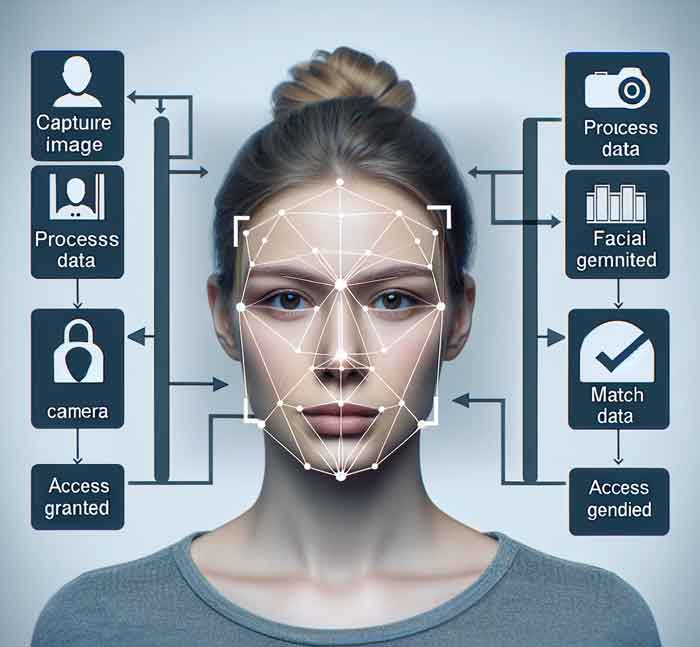
Fingerprint Recognition:
With AI, fingerprint scanners have become more reliable, mainly through convolutional neural networks (CNNs). These networks excel at processing even low-quality or damaged fingerprint images. Deep learning approaches bypass the need for manual feature extraction, learning to identify necessary features directly from data, thus broadening the system's ability to handle various fingerprint conditions effectively.
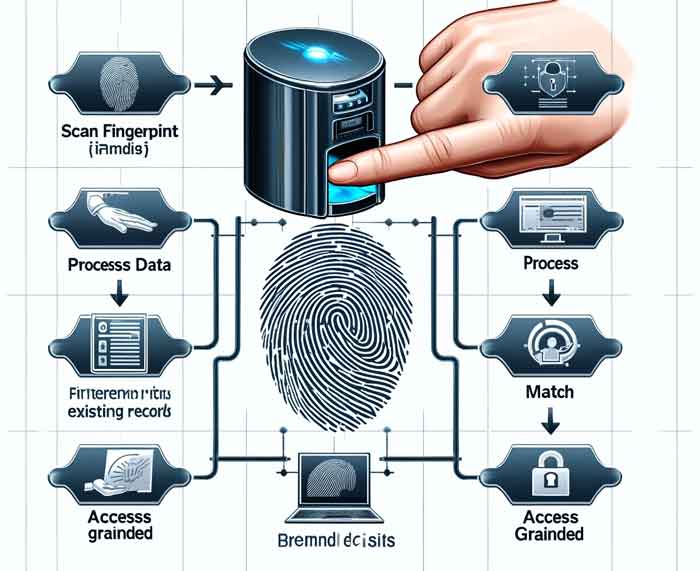
Iris Recognition:
Machine learning has propelled iris recognition systems to new heights of accuracy, enabling them to distinguish between the irises of the living and the deceased with remarkable precision. This functionality is proving invaluable in high-security settings, where the integrity of biometric data is paramount.
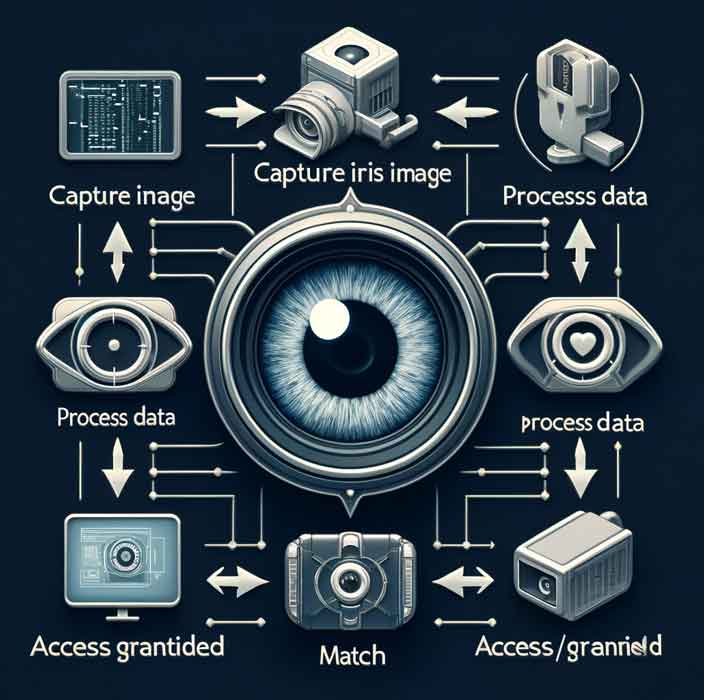
Behavioral Biometrics:
AI is also advancing in identifying individuals based on behavioral patterns, such as keystroke dynamics, gait, and speech. These systems analyze the distinct ways a person types, walks, or talks to create a highly personalized behavioral profile that is tough to imitate, adding a layer of security and customization.
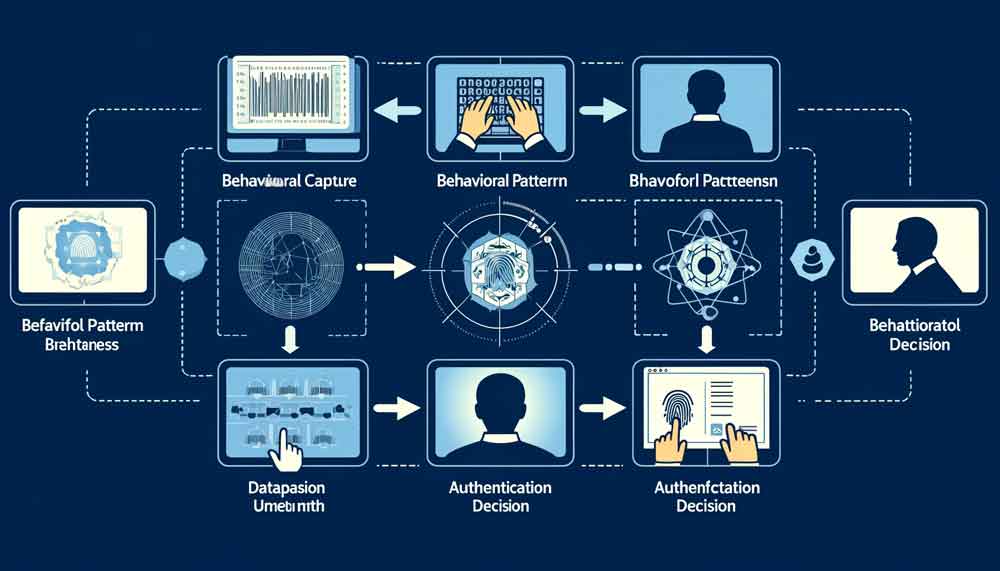
Automated Gait Recognition
Gait recognition is a innovative biometric technology that identifies people by how they walk. Just like our fingerprints, our walking patterns are unique – shaped by our stride length, posture, and the rhythm of our limbs. It’s like recognizing a indiviual from distance, just by the way they move. Used in security and healthcare, it offers a non-intrusive way to identify individuals and gain insights into mobility changes, helping to ensure public safety and personalized care.
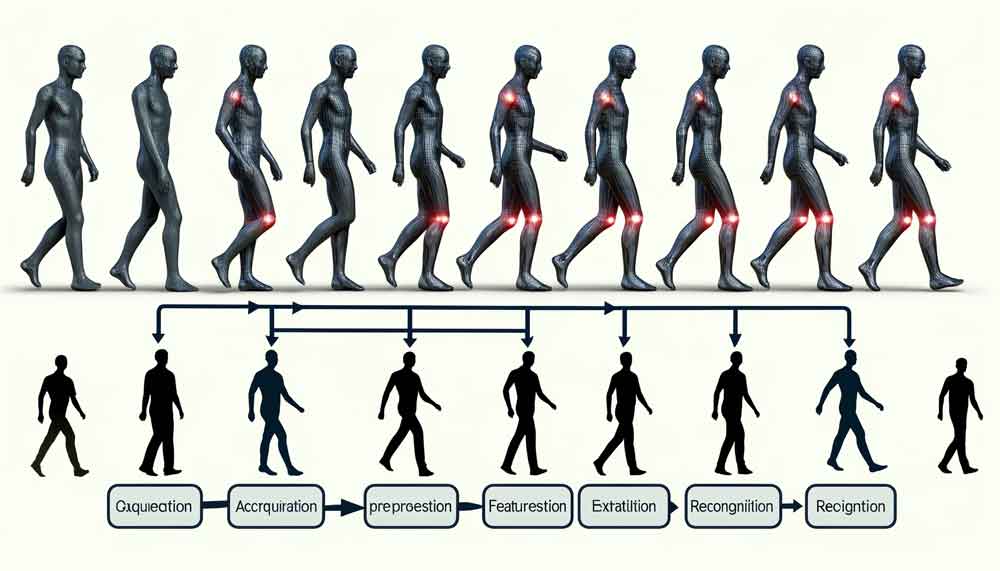
Research and Development in AI Biometrics
Research institutions and standard-setting organizations are constantly developing new guidelines to boost the security and reliability of AI-powered biometrics. These efforts aim to refine AI algorithms to cope with diverse datasets and challenging real-world scenarios. Researchers are experimenting with innovative AI techniques to extend the capabilities of biometric systems and adapt to emerging security challenges.
Ethical and Privacy Concerns
As biometric technologies become more embedded in everyday life, they raise substantial privacy issues. The capability of AI systems to minutely track and analyze human behavior leads to concerns about potential surveillance and data misuse. The controversy surrounding emotion recognition technology underscores these ethical dilemmas, prompting major tech companies to reassess their strategies.
Security Vulnerabilities
The progression of AI within biometric fields has also led to new security vulnerabilities. Innovations such as 'DeepMasterPrints'—synthetic biometric data—show that AI can enhance and compromise security. These fabricated fingerprints can deceive systems into granting access, highlighting the urgent need for effective anti-spoofing measures.
Conclusion
Integrating AI into biometric systems revolutionizes security protocols, making identification processes more robust and challenging to bypass. However, this technological progress requires thoughtful consideration of ethical standards, privacy safeguards, and security enhancements. As AI evolves, policymakers, technologists, and researchers must work together to develop regulations and technologies that protect individual rights while bolstering security measures.
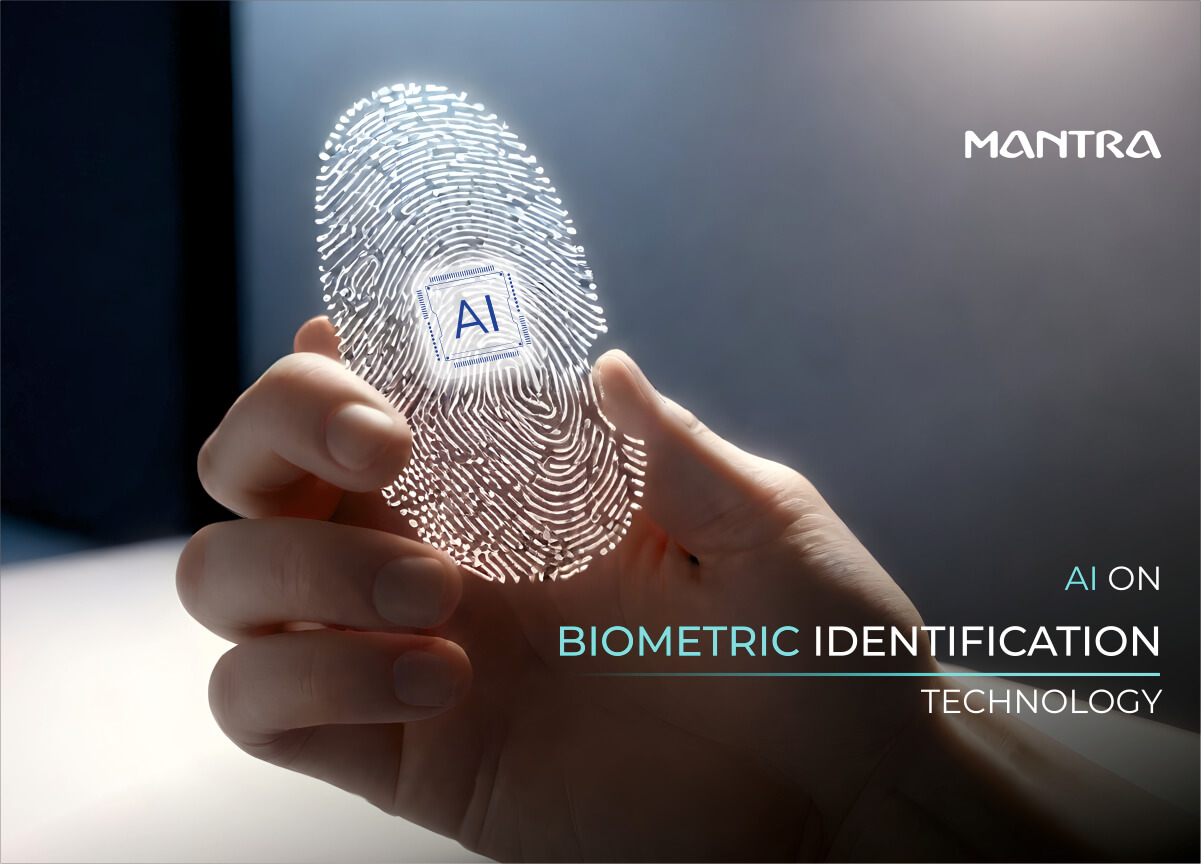
Comments